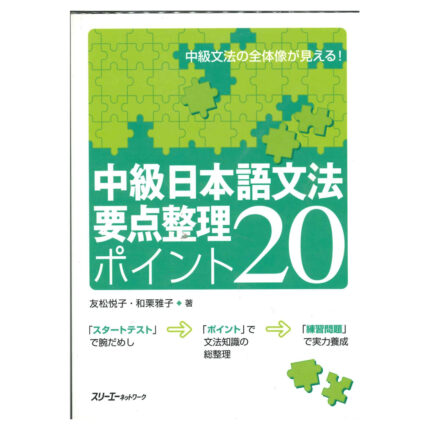
中級日本語文法要点整理ポイント20
ر.س 94,21 السعر الأصلي هو: ر.س 94,21.ر.س 81,97السعر الحالي هو: ر.س 81,97.
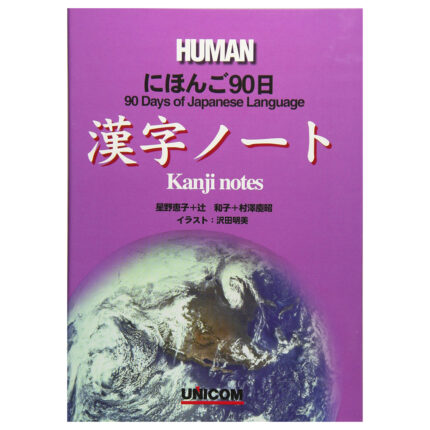
にほんご90日 漢字ノート
ر.س 131,89 السعر الأصلي هو: ر.س 131,89.ر.س 114,76السعر الحالي هو: ر.س 114,76.
初級から超級まで STEP式にほんご練習帳 自動詞・他動詞
ر.س 61,23 السعر الأصلي هو: ر.س 61,23.ر.س 53,28السعر الحالي هو: ر.س 53,28.
لا يمكن شراء أكثر من ٥ قطع أو ٢ بوكس في الطلب الواحد، لشراء المزيد برجاء اضافة طلب جديد.
الأقسام: تعليم اللغة اليابانية, كتب
الوصف
<初級から超級までの、こんな方におすすめです>
*初級の日本語を勉強中で、「自動詞」「他動詞」の区別がわからない方。
*中級以上の日本語力があるが、「自動詞」「他動詞」の使い方がわからない方。
*上級以上の日本語力があるが、もう一度「自動詞」「他動詞」の復習がしたい方。
*他の日本語文法には自信があるが、「自動詞」「他動詞」に自信がない方。
*「自動詞」「他動詞」について、すべてを知りたい方。
*初級の日本語を勉強中で、「自動詞」「他動詞」の区別がわからない方。
*中級以上の日本語力があるが、「自動詞」「他動詞」の使い方がわからない方。
*上級以上の日本語力があるが、もう一度「自動詞」「他動詞」の復習がしたい方。
*他の日本語文法には自信があるが、「自動詞」「他動詞」に自信がない方。
*「自動詞」「他動詞」について、すべてを知りたい方。
<STEP1~4の4段階で、自分の力に合ったレベルから、勉強できます>
STEP 1 自動詞と他動詞の使い方ルール1 絵で覚える自・他動詞
*絵を見て楽しみながら「自動詞」「他動詞」を覚えることができます。
*例文や練習問題は、初級の人にでもわかるように、「わかちがき」で書いてあります。
*例文や練習問題は、初級で使う漢字だけを使いました。
STEP 2 自動詞と他動詞の使い方ルール2 絵で覚える自・他動詞
*絵を見て「自動詞文」「他動詞文」の意味の違いを楽しく勉強することができます。
STEP 3 自動詞と他動詞の使い方ルール3 発音で覚える自・他動詞
*「自動詞」から「他動詞」を、「他動詞」から「自動詞)」を作る方法を、勉強することができます。
*「自動詞」「他動詞」が、聞いただけで区別できるようになります。
STEP 4 自動詞と他動詞の使い方ルール4 意味で覚える自・他動詞
*文の意味を深く理解する練習ができます。
*「ガラスが割れている/ガラスが割られている」「電話をかけたが、かからなかった」のような、よく似ていても、「自動詞」と「他動詞」では意味が違うことがわかり、それぞれのニュアンスを理解することができます。
<「自動詞・他動詞のペア」が表でわかります>
*各STEP の最後に、そのSTEPで覚える「自動詞・他動詞のペア」の表があるので、そこで習った全部の「自動詞」「他動詞」が覚えられたかどうか確認します。全部覚えられなかった方は、もう一度STEPのはじめから、勉強しなおしてください。
<「コラム」で比較できます>
*コラム(column)では、間違えやすい、特に覚えておきたい「自動詞」「他動詞」を使った文法が説明してあります。
<豊富な練習問題があります>
*たくさんの種類の問題をしていくうちに自然に「自動詞」「他動詞」の使い方・意味の違いを覚えることができます。
*ひとつひとつ手で書く形式の問題が多いので、確実に「自動詞」「他動詞」を覚えることができます。
<全部の説明文・例文には、英語の翻訳が付いています>
*この本の英訳は、元の日本語がわかるように直訳してあるので、自然な英語ではありません。
*この本の「he」は「she、they」も表しています。
*「自動詞」「他動詞」にあたる英語の単語がない場合は、受身形で訳してあります。
<This book is recommended for beginners to highly advanced level students>
*For beginners who do not understand the difference between Intransitive and Transitive verbs.
*For students who have mid level and above Japanese ability but do not understand the usage of Intransitive and Transitive verbs.
*For students with advanced or higher Japanese language abilities but who want to review Intransitive and Transitive verbs.
*For students who are confident about other aspects of Japanese grammar but have no confidence regarding Intransitive and Transitive verbs.
*And for any students who want to know all about Intransitive and Transitive verbs.
<You can study at a level determined by your own ability from STEPS 1 through 4>
STEP 1 Intransitive and Transitive Verbs Usage Rule 1 Learning Intransitive and Transitive Verbs from Pictures
*You can learn Intransitive and Transitive verbs in a fun way by looking at pictures.
*The example sentences and problems are written with spaces (“wakachigaki”) so that even beginners can understand them.
*Only beginners level Kanji are used for the example sentences and problems.
STEP 2 Intransitive and Transitive Verbs Usage Rule 2 Learning Intransitive and Transitive Verbs from Pictures
*You can enjoy studying by looking at pictures to see the difference in meaning between Intransitive and Transitive sentences.
STEP 3 Intransitive and Transitive Verbs Usage Rule 3 Learning Intransitive and Transitive Verbs from their Pronounciation
*You can study how to make a Transitive Verb from an Intransitive Verb and an Intransitive Verb from a Transitive Verb.
*You will be able to distinguish between Intransitive and Transitive verbs just by listening to them.
STEP 4 Intransitive and Transitive Verbs Usage Rule 4 Learning Intransitive and Transitive Verbs by their Meaning
*You can practice understanding the deep meaning of sentences.
*You will be able to understand the nuances of Intransitive and Transitive verbs in very similar sentences such as 「ガラスが割れている/ガラスが割られている」(The glass is broken, the glass got broken) and 「電話をかけたが、かからなかった」(I called but was not connected).
<You can understand “Intransitive・Transitive Pairs” with a list>
*There is a list of “Intransitive・Transitive Pairs” at the end of each STEP, so you can see if you have learnt all of the Intransitive and Transitive verbs. Students who could not remember them all should study again from the beginning of the STEP.
<You can compare them in the “Column”>
*Explanations are given in the column for Intransitive and Transitive verbs that are often mistaken or need particularly to be learnt.
<You can do many practice problems>
*While you are doing the various problems you will naturally learn the usage of Intransitive and Transitive verbs and the difference in meaning.
*You will be able to properly learn Intransitive and Transitive verbs using the practice problems, these should be written out by hand.
<English translations are provided for the explanations and example sentences>
*The English is a direct translation in order to understand the Japanese and may not be natural English.
*Japanese sentences often do not include pronouns, so the word “he” is used for both “she” and “they.”
*When there is no suitable Transitive-Intransitive pair in English, a similar meaning is shown by using the passive voice.
مراجعات (0)
كن أول من يقيم “初級から超級まで STEP式にほんご練習帳 自動詞・他動詞” إلغاء الرد
يجب عليك تسجيل الدخول لنشر مراجعة.





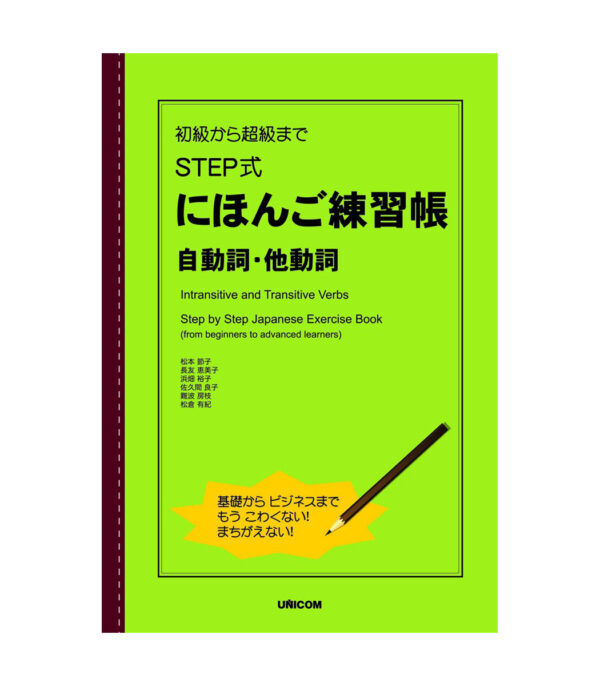

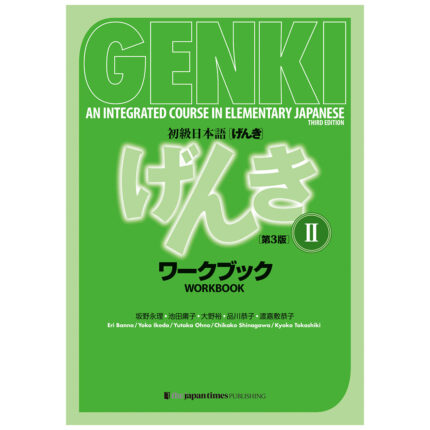
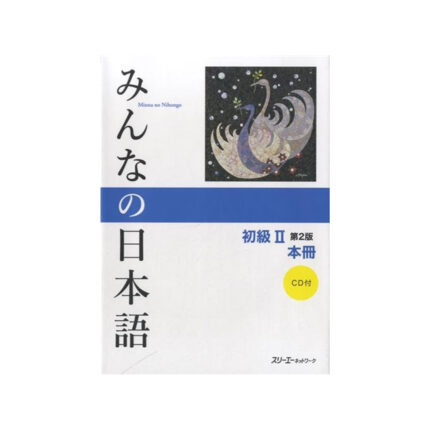
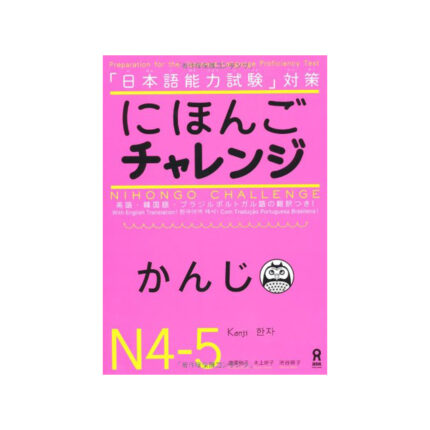
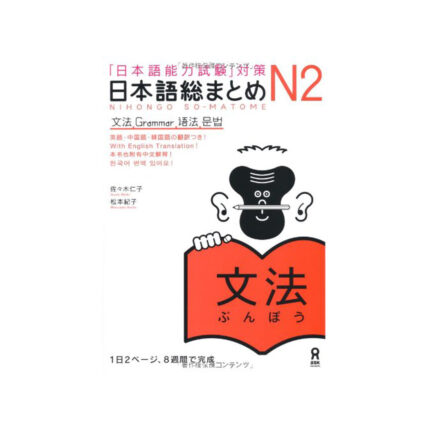
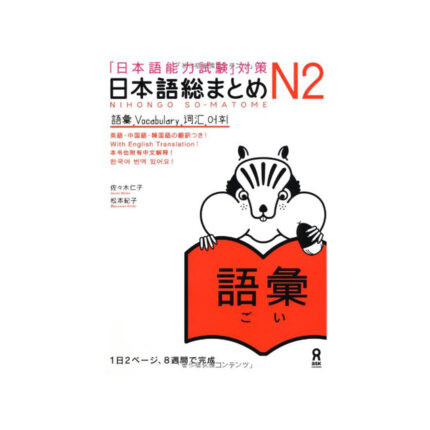
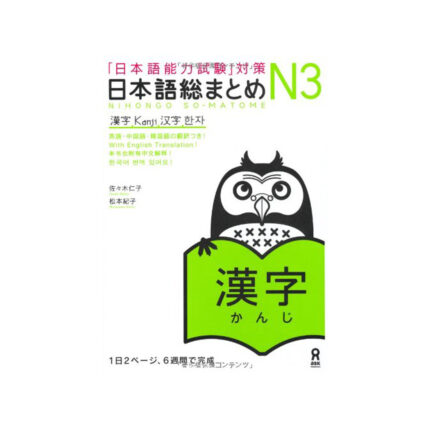
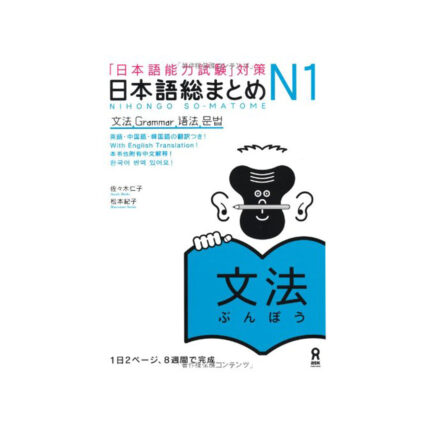
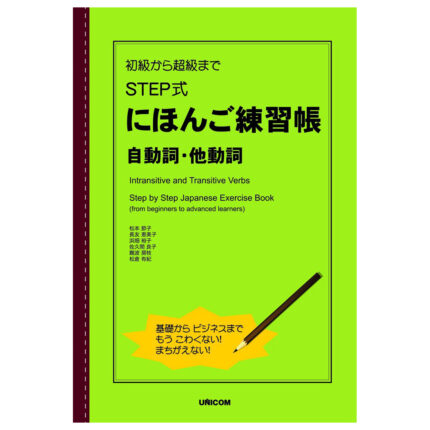
المراجعات
لا توجد مراجعات بعد.